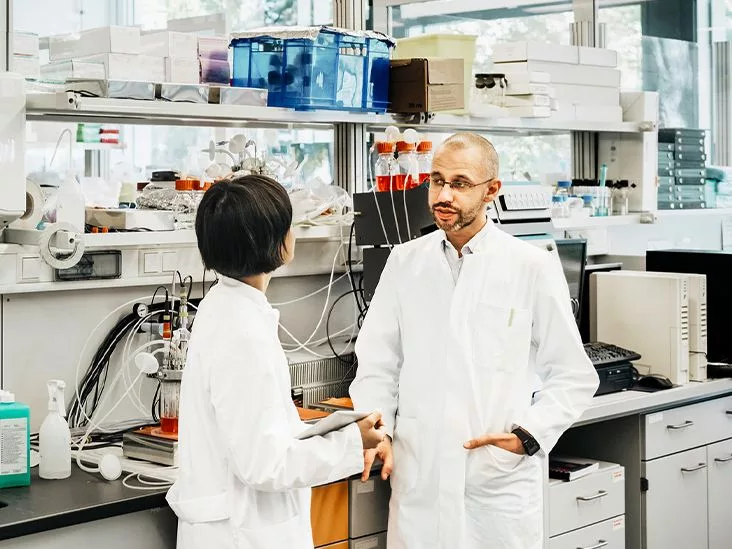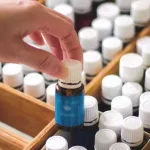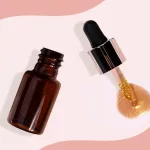Hey there! If you’ve ever wondered what the buzz about “biologics” and “biosimilars” really means, you’re in the right spot. Let’s cut the jargon, skip the endless back‑story, and get straight to the heart of the matter—what these medicines are, why they matter to you, and how they differ. Think of this as a friendly coffee‑chat where we unpack the science, the savings, and the safety all together.
Why It Matters
Bottom line: biologic therapy can be life‑changing, but it often comes with a hefty price tag. Biosimilar drugs aim to keep the same therapeutic power while easing the financial burden. Understanding the balance between benefits and risks helps you make better choices with your doctor, insurance, or pharmacy.
What Is a Biologic?
Biologics are medicines that come straight from living cells—think of them as the “organic” side of pharma. Unlike traditional pills you swallow, these drugs are usually proteins, antibodies, or even whole cells grown in labs. Because they’re made from living organisms, they’re large, complex, and impossible to replicate exactly with simple chemistry.
Core Characteristics
- Living‑cell origin: Produced through cell cultures, fermentation, or recombinant DNA technology.
- Size & complexity: Molecules are huge (think “molecular skyscrapers”) and can fold in many ways.
- Delivery: Most are given by injection or infusion because the gut would break them down.
Therapeutic Areas
Biologics have changed the game for many serious conditions:
- Oncology (e.g., checkpoint inhibitors)
- Autoimmune diseases like rheumatoid arthritis, psoriasis, and inflammatory bowel disease
- Diabetes (insulin analogues)
- Rare genetic disorders
Real‑World Example
Take Humira® (adalimumab), a monoclonal antibody that blocks inflammation in rheumatoid arthritis. A friend of mine, Maya, struggled with joint pain for years until she started on Humira. Within weeks, she could finally climb stairs without wincing. That’s the power of biologic therapy—targeted, effective, and often a turning point in a patient’s life.
What Is a Biosimilar?
Biosimilars are the “close cousins” of biologics. They’re designed to be highly similar to an already approved biologic—called the reference product—while meeting strict safety and efficacy standards set by regulators like the FDA or EMA.
Regulatory Pathway
The US Biologics Price Competition and Innovation (BPCI) Act of 2009 opened a faster, less costly approval route for biosimilars. Instead of repeating every large‑scale trial, manufacturers must show through analytical, animal, and limited human studies that their product matches the reference biologic in:
- Safety
- Purity
- Potency
How They’re Made
Even though biosimilars arise from different cell lines and manufacturing processes, they must stay within the natural variability range of the original biologic. Minor differences in inactive ingredients (excipients) are allowed, but the core molecule’s function stays the same.
Example Biosimilar
Inflectra® is a biosimilar of the blockbuster biologic Remicade® (infliximab). Studies show it’s about 27 % cheaper while delivering identical clinical outcomes for Crohn’s disease and ulcerative colitis.
Side‑by‑Side Deep Dive
| Aspect | Biologics | Biosimilars |
|---|---|---|
| Source | Proprietary cell line, unique manufacturing process | Independent cell line, must match reference’s characteristics |
| Regulatory Path | Full BLA (Biologics License Application) with extensive Phase III trials | Abbreviated pathway – comparative PK/PD, bridging studies |
| Cost | Highest tier (often $10k‑$30k per year) | Typically 15‑30 % lower |
| Interchangeability | Not interchangeable without specific designation | May receive “interchangeable” status (allows pharmacy substitution) |
| Manufacturing Variability | Natural batch‑to‑batch variability | Must stay within reference variability limits (see NCBI study) |
| Prescribing Rules | Often step‑therapy or prior‑authorization required | Often moves to lower formulary tier once approved |
Why “Similar,” Not “Identical”?
Because biologics are produced in living systems, you can’t make a perfect carbon‑copy. Think of two hand‑crafted wooden chairs: they look the same, serve the same purpose, but each grain pattern is unique. That’s why “highly similar” is the gold standard—and regulators carefully monitor for any clinically meaningful differences.
Safety & Efficacy: What the Data Say
Switching from a reference biologic to its biosimilar has been studied extensively. A systematic review published in the Therapeutics Letter concluded there were “no meaningful differences in safety and effectiveness” when patients switched. In plain English: you’re not trading safety for savings.
Immunogenicity – The Hidden Concern
All biologics can trigger an immune response because the body may recognize them as foreign. Biosimilars undergo rigorous testing for immunogenicity, ensuring any antibody formation rates are comparable to the original. According to a pharmacist guide, “minor differences in inactive components are allowed, but they never translate into higher risk when the product passes FDA scrutiny.”
Patient FAQ Box (Featured Snippet Ready)
Q: Will I experience the same side‑effects with a biosimilar?
A: Yes. Biosimilars must demonstrate the same safety profile, so you should expect comparable side‑effects, if any.
Cost & Access: Money Talks
Let’s face it—healthcare costs can feel like a mountain. That’s where biosimilar drugs shine. On average, they’re 20‑30 % cheaper than their reference biologics. A recent analysis on BiologicMeds.org shows Medicare Part B saved billions after biosimilars entered the market for oncology treatments.
Insurance & Formularies
Most insurance plans place biosimilars on lower tiers, meaning lower co‑pays. Some states even allow pharmacists to substitute a biosimilar for a biologic without a new prescription if the product has “interchangeable” status—a win for convenience and wallet.
Case Study: Savings in Action
A health system in the Midwest switched 2,500 patients from Remicade® to Inflectra®. The average annual drug cost per patient dropped from $31,000 to $22,000, and adverse event rates stayed flat. Real‑world data like this reassure both patients and clinicians that the switch is safe and financially sensible.
Choosing Between a Biologic and a Biosimilar
The decision isn’t just about price; it’s personal, clinical, and sometimes emotional. Here’s a quick mental checklist:
- Clinical history: Have you responded well to the reference biologic?
- Insurance coverage: Does your plan favor biosimilars?
- Administration logistics: Do you have an infusion center that offers the biosimilar?
- Comfort level: Are you ready to try a “new” version?
Talking openly with your doctor about these factors can lead to a plan that respects both your health goals and your budget.
Conversation Starter
When you next see your physician, try asking: “I’ve read about biosimilar options for my medication—could we discuss whether switching makes sense for me?” This shows you’re engaged and opens the door for shared decision‑making.
Future Trends: What’s on the Horizon?
More biosimilars are in the pipeline than ever before—especially for oncology and rare diseases. The FDA’s “Biosimilar Action Plan” predicts a surge of approvals in the next five years, potentially driving prices down even further.
Regulatory Evolution
Experts anticipate clearer guidance on interchangeability, which could let pharmacies automatically substitute biosimilars for reference products in many states. This shift could make access even smoother for patients who need consistent, affordable therapy.
Expert Forecast
“As biosimilar science matures, we’ll see more nuanced labeling that highlights specific clinical scenarios where a biosimilar is the optimal choice,” says Dr. Leila Patel, a regulatory affairs specialist at a major biotech firm.
Wrapping It Up
To sum it all up: biologics are groundbreaking, life‑altering medicines that come from living cells. Biosimilars are their highly similar, cost‑effective siblings—backed by rigorous testing to ensure they work just as well and are just as safe. By understanding the differences, you can have an informed conversation with your healthcare team, weigh the financial impact, and feel confident about whichever path you choose.
We’ve covered the science, the safety, the savings, and the future. If you feel a spark of curiosity, dive deeper—ask questions, explore the FDA’s biosimilar database, or chat with a pharmacist about the options on your formulary. Knowledge is power, and in this case, it also saves money.
What’s your experience with biologics or biosimilars? Have you switched and noticed a difference? Share your story in the comments or reach out—your journey could help someone else navigate the same path.


















Leave a Reply
You must be logged in to post a comment.